Start with a compelling premise. A strong central idea grounds your world and sets the tone for everything that follows. Fantasy might be filled with dragons and spells, but readers connect most deeply with people. Focus on your main character. Give your protagonist a clear goal, a personal flaw, and a reason the journey matters to them. The best fantasy heroes grow and struggle in ways that feel human, even when surrounded by spells and mythical beasts.
World-building is essential, but don’t fall into the trap of explaining everything up front. Instead, reveal your world through action, dialogue, and your character’s perspective. Plot your story with rising tension and clear stakes. Use the classic structure—beginning, middle, climax, and resolution—to keep your story moving. Your character should face increasingly difficult challenges, leading to a final decision or confrontation that forces them to grow. Along the way, mix action with quieter emotional beats. A great fantasy story doesn’t just dazzle—it resonates.
Your first draft doesn’t have to be perfect. Get the story down, then revise with intention— tightening scenes and deepening your character arcs. Fantasy is a wide-open genre, but the most memorable stories are the ones that feel real—even when they’re impossible.

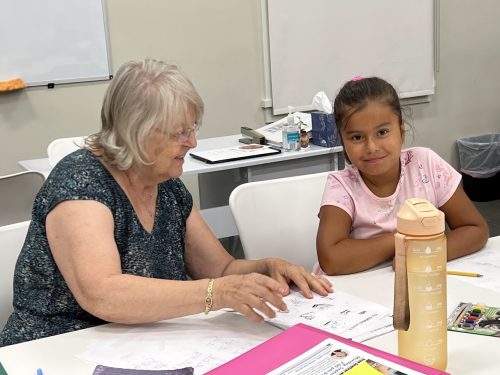


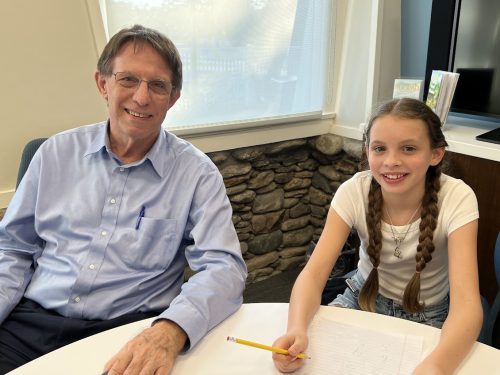
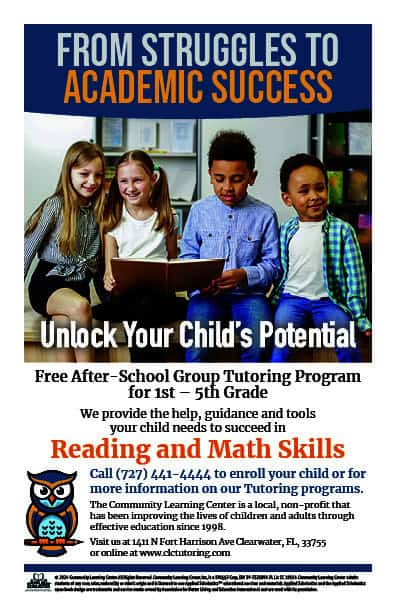
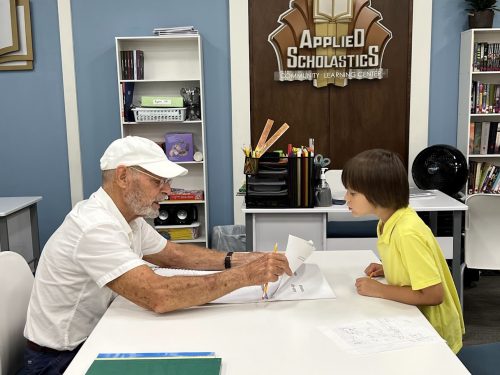

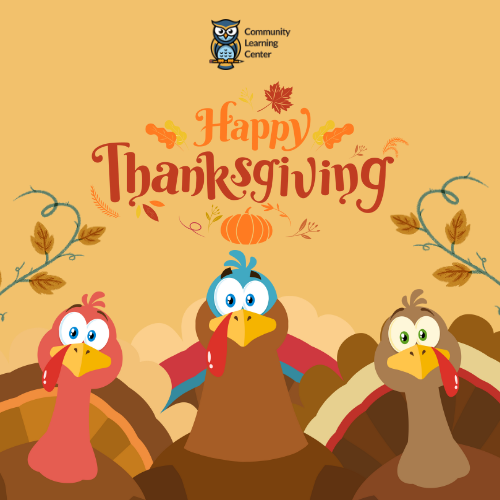
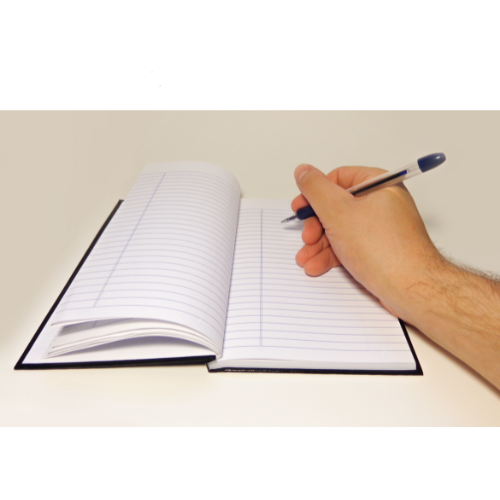

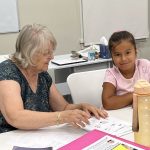



Recent Comments